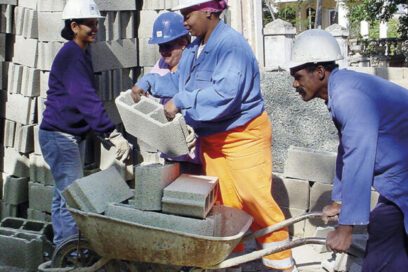Those who like denim that looks like used clothing may not know that this is achieved by directly blasting a mixture of water and sand under pressure, which puts those who work with the technique at risk of contracting a lung disease called silicosis.
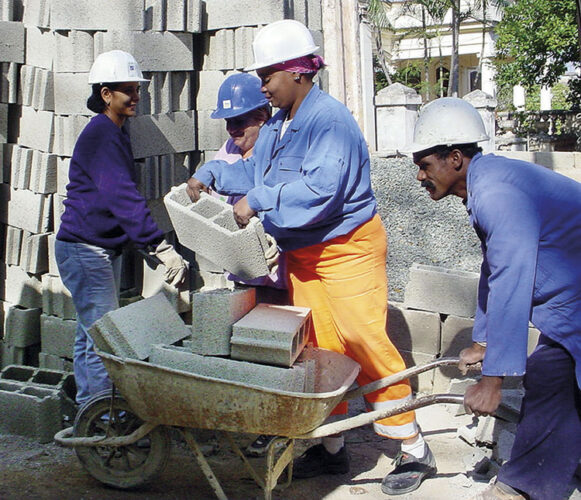
However, they are not the only ones who might suffer from it. Workers in industry, mining and even potters, in equal measure, would also suffer from the ailment.
Does work damage health? There is an old saying that work is dignifying, but if we do not take basic precautions, the risks associated with any job can cause serious harm to people.
Simple isolated actions in the proper use of protective equipment can cost a life. When the symptoms of a disease become an irreversible illness, questions begin to be asked as to why this is happening.
A Global Overview
According to the International Labor Organization (ILO) and the World Health Organization (WHO), occupational diseases are nosologically well-defined changes in health caused by the direct effects of work in persons exposed to etiologic factors on a permanent basis, and are present in certain professions or occupations under the conditions established by the respective legislation.
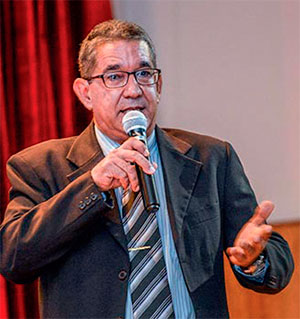
Any care is too little, and with technological progress, even more so. Dr. Joaquín García Dihigo, a professor at the University of Matanzas, wrote a book on the subject with the suggestive title Tell Me Where You Work and I Will Tell You What Hurts You, in which he states that, for example, the introduction of technologies into social practice means that people have to work in these conditions and, in turn, suffer the damages and risks associated with them.
«The first thing is to distinguish between common diseases and occupational diseases. The former can be of different nature, but the latter are caused by the work done. Thus, a relationship is established in which the cause is of occupational origin and the effect is a pathology produced by it».
The protection and safety of the health of workers is a principle defended by the Cuban State. Law No. 116 of the Labor Code proves this. At the same time, Resolution 283/2014 of the Ministry of Public Health (Minsap) consolidates the procedure for the analysis, prevention and control of occupational accidents and diseases. In Cuba, 35 occupational diseases are regulated by law.
Sometimes ignorance can be dangerous. Unconscious and inappropriate behavior in the workplace has no place when health is at stake. This is one factor, but not the only one. Sometimes workers do not know how to recognize them because they are constantly exposed to risks, not only at work, but also at home, on the street or in other activities.
How can they be prevented?
Identifying and Diagnosing Them
First of all, we must know the characteristics of each job, because many of the causes of these diseases are accompanied by the way it is done and under what conditions.
Professor García Dihigo shows that there is a relationship between the somatic or sensory structures (belonging to the osteomyoarticular system) that the worker uses during the task and the pathology that he will suffer; that is, it is not something that happens suddenly, but is conditioned by repeated exposure over many years to this type of risk, and this is where the injury is found.
How to detect it? The scientific recognition and diagnosis of the disease is consolidated with early care. This service is in charge of the consultations on occupational diseases. At the municipal level, a presumptive diagnosis is made; at the provincial level, the result is communicated to the patient, while at the national level, the National Institute of Workers’ Health (Insat, in Spanish) has commissions for occupational medicine expertise.
Five criteria have been defined for analyzing diseases: occupational, hygienic-epidemiological, legal, clinical and laboratory.
Workplace Maintenance and Protection
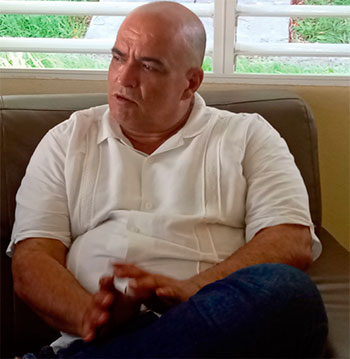
Incorrect handling of hazardous and sensitive materials in work environments leads to morbidity and mortality among workers. In this regard, Dr. Reinaldo Ruffín Concepción, specialist in hygiene and epidemiology and general manager of Insat, said that the company carries out preventive controls of the areas based on the environmental studies it offers.
«We are a research center that contributes to the development of promotion, prevention, care, assistance and rehabilitation of workers’ health, with a clinical, hygienic, epidemiological and social approach,» he affirmed.
The task does not end. Maintaining a safe working environment is the goal, and this is demonstrated by the facility, which interacts with agencies, institutions and multi-sectoral and intersectoral companies at national and international levels to generate the welfare and comfort of the population.
«We perform clinical laboratory analyses and diagnostic tests for the assessment and control of occupational and individual risks,» says the director. In addition, they carry out about 27 current research projects focused on health maintenance, primary care and occupational health, psychosocial factors in the health-work relationship, and others.
The work environment affects health. Maintaining a workplace that has the right temperature, the right lighting and the right equipment protects the health of the collective. In addition, Ruffín points out that Insat has teams and specialists ready to help in the treatment of stress and psychological problems.
Health and Safety
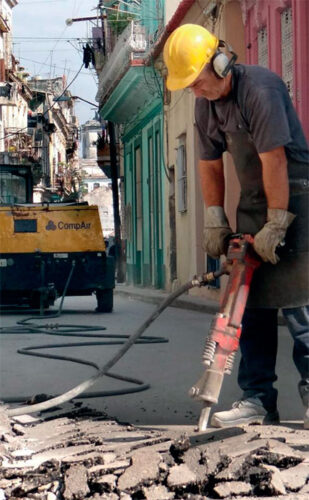
Adherence to established schedules and the proper use of protective equipment will keep us from getting sick. One wrong step can have serious consequences.
«When people are stowing bags, carrying cement buckets in construction, or other heavy materials in ports, they are exposed to great flexion of the vertebrae of the spine, especially the lumbar spine, and suffer from conditions in the sacrolumbar region,» the professor explained.
«Here it is important to consider the use of safety belts, which protect them from this type of pathology; logically, management must be demanding on this issue and ensure that workers use these means of individual protection and do not suffer from these diseases,» added García Dihigo.
Better Safe than Sorry
A good risk assessment, the adoption of preventive measures in the workplace, adequate training and the use of personal protective equipment are essential to prevent the serious consequences of these diseases.
It is the responsibility of the management to guarantee the means of protection through an effective use of the budget allocated for this purpose and, at the same time, to demand their correct use by the workers, a matter that should concern and increasingly occupy the trade union section.
It is up to the collective conscience to analyze whether what we are doing and the way we are doing it is the right thing to do. It is not a question of using the means of protection for the sake of using them, but of knowing that they save. Occupational illnesses are preventable. Let’s make the workplace a safe place for everyone.

